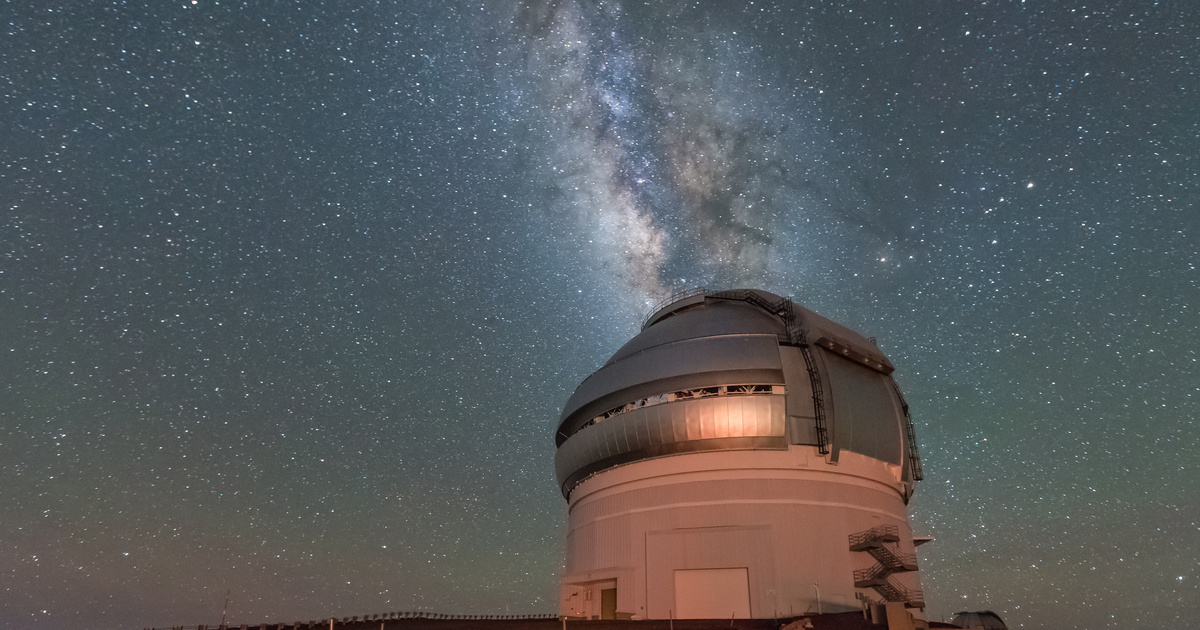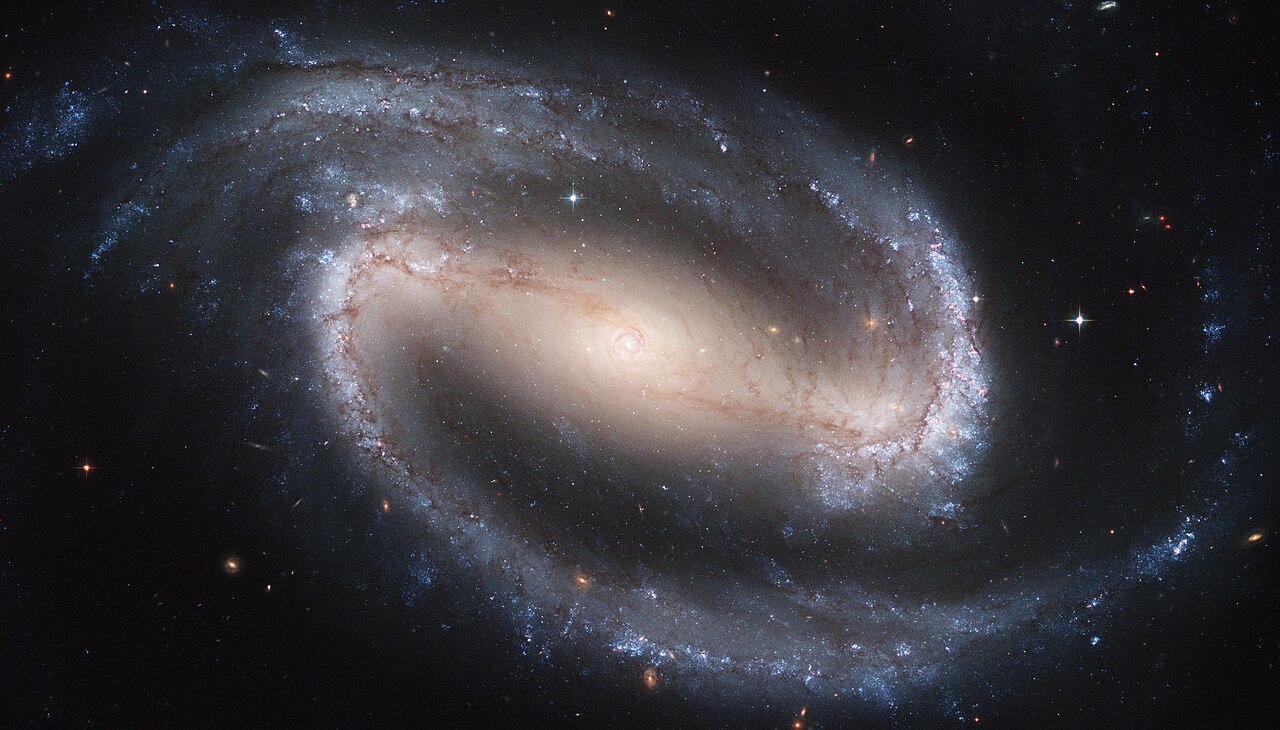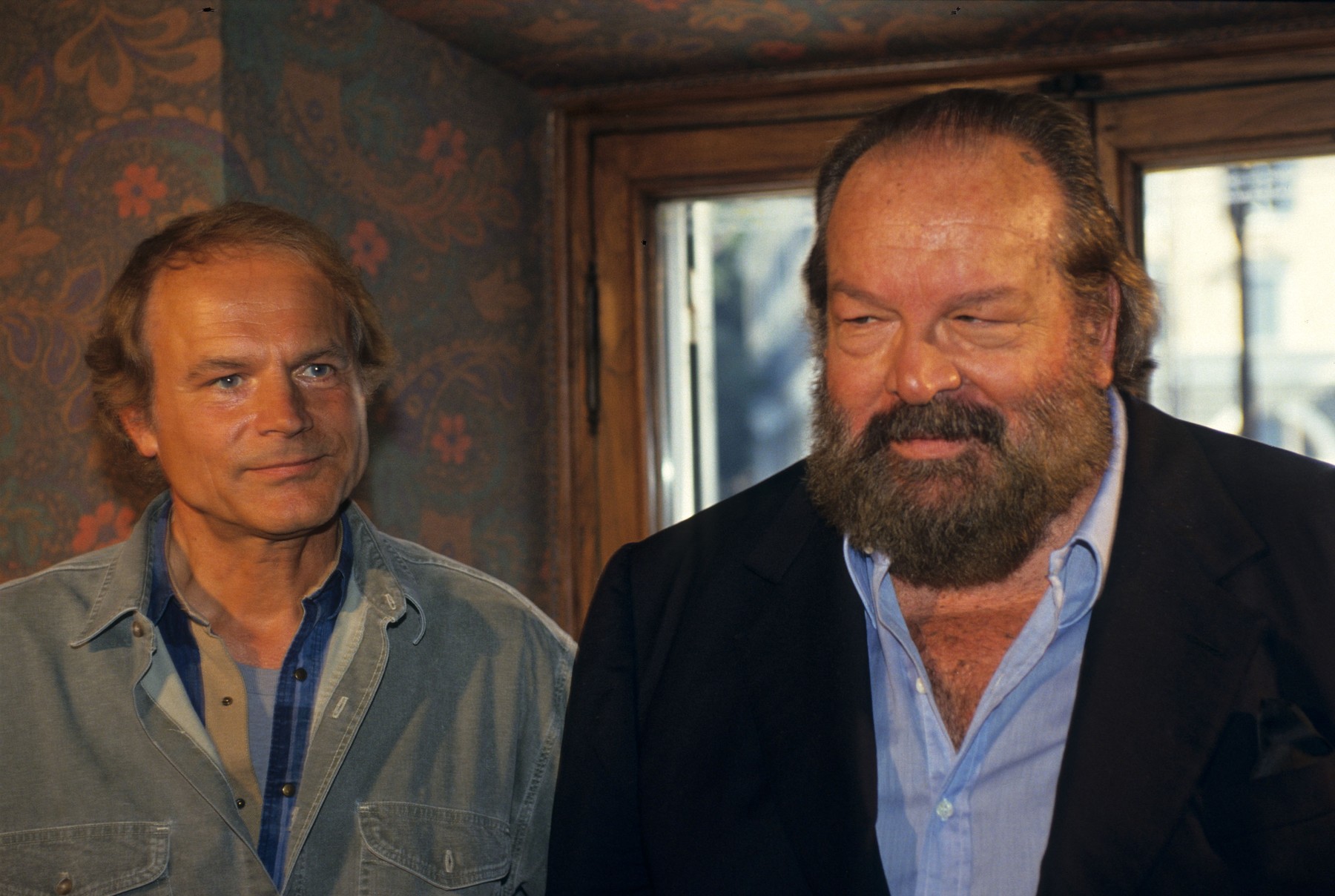Thanks to JWST's sharp infrared “eye,” it can see through some of the gas and dust that make up star-forming clouds, giving us a new view of some of the amazing configurations in which stars form — and in beautiful images.
The latest image of N79, taken using the space telescope's mid-infrared instrument (MIRI), according to reports. The universe today. N79 is located in the Large Magellanic Cloud (LMC), one of the largest and closest satellite galaxies to our own galaxy, the Milky Way. N79 is about 1,630 light-years across, but this image only focuses on a small portion, the southern part of N79.
MIRI's mid-infrared view allows us to see deep into the nebula, highlighting the glowing and moving gas deep within the cloud. This would be invisible using a telescope that only sees light visible to the human eye.
This is not limited to gas and dust only. The nebula contains stars and protostars, including one object bright enough to produce the characteristic pattern of diffraction spikes.
This is due to the way the secondary mirror is placed in the telescope. The mirror is mounted on three supports, and when light moves around it, the light is refracted. Each support creates two dowels spaced 90 degrees apart. This means six spines, with two additional spines, in a nearly vertical position. Another feature that creates spikes is the system's hexagonal mirrors. This also creates six bumps, but everything is aligned so that four bumps overlap in the images, so only eight bumps are visible.
N79 is similar to the Tarantula Nebula or 30 Doradus, also found in the Large Magellanic Cloud. Both nebulae are producing stars at a rate not seen in our galaxy for billions of years, with N79 doing so twice as efficiently as 30 Dorados.
Understanding star formation in the Large Magellanic Cloud can help us understand similar processes in the distant universe. The cloud has a more primitive and more active composition than the Milky Way, making it a good counterpart to galaxies of the distant past.
Worth reading:










































